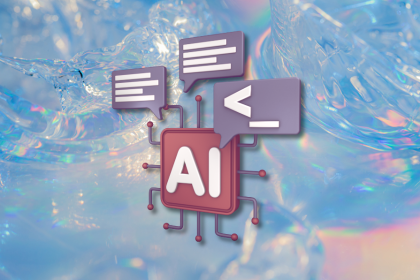
Designers are automating faster than they’re thinking. Learn why overreliance on AI is hurting UX and how to use it without losing creativity.
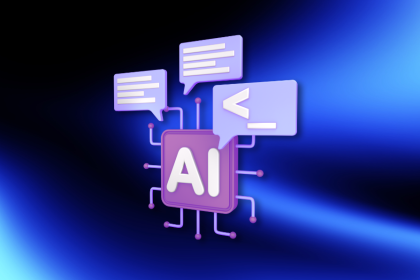
AI tools are evolving fast but so are user expectations. As UX designers, it’s time to go beyond functionality and think personality. Here’s how prompt design helps you prototype AI agents that sound human, not robotic.

UX initiatives often struggle to make it onto the roadmap. Learn how to align design work with PM priorities, communicate impact in business terms, and collaborate early to turn user-focused ideas into product-backed initiatives.

AI can summarize your research, sketch your wireframes, and even write your copy, but it can’t care about your users. Here’s how to make sure your UX stays human-first, not machine-led.

The “modern” UI/UX era is already aging. I believe the next wave of design will change how users see — and feel — technology. Here are my predictions for what’s coming next.
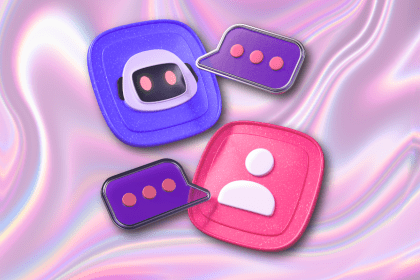
AI support isn’t the future, it’s the present. Here’s how AI-first helpdesks work, why they’re winning over users, and how to design one effectively.
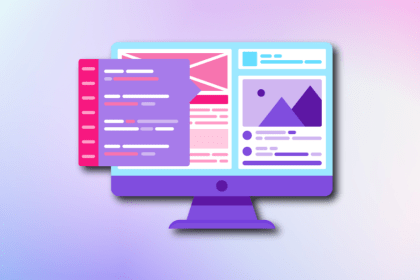
I used to bounce between Relume, Figma, and Webflow. Then I tried Framer and realized it’s quietly becoming the full-stack tool we’ve all been waiting for.
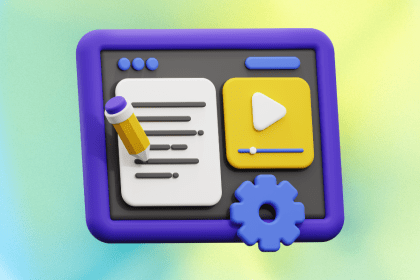
AI can write, but it can’t reason, empathize, or understand context — the skills that make UX content truly human. Here’s how to use AI wisely without losing your users.

I redesigned a book library app using Apple’s HIG and AI as my design duo. The experiment taught me how structure and intuition still matter more than machine-generated advice.

Trust me, this is how UX really converts. I break down how companies like Airbnb and PayPal engineer trust into their UX — and how you can too.

Sometimes a new color palette does the job. Other times, you need to rethink your product from the ground up. Here’s how to tell which kind of redesign your UX needs.
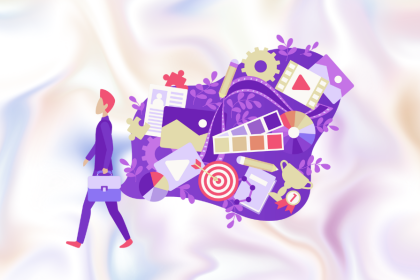
If your feed is full of motion design reels, that’s fine. But the skills that get you noticed in the long run aren’t flashy. They’re practical, repeatable, and crucial for building products that actually work.